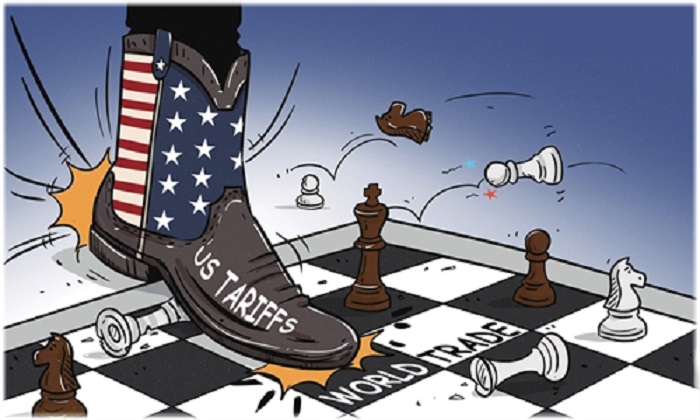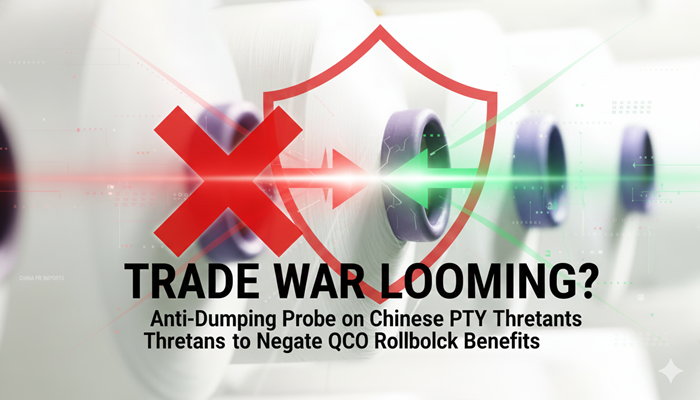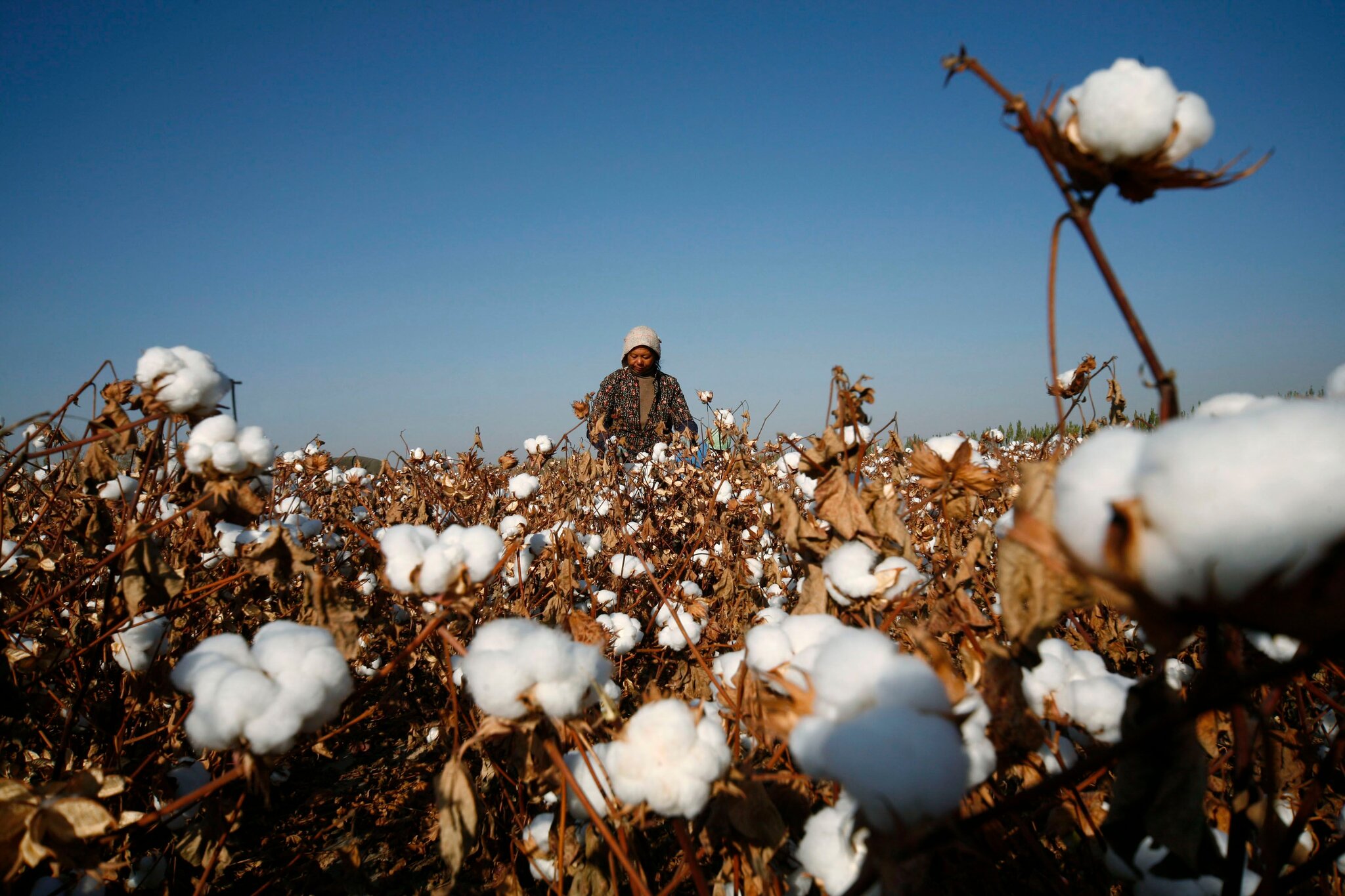
The racks of fast fashion outlets and the digital storefronts showcasing the latest apparel trends mask a change occurring behind the scenes. For decades, the mantra of sourcing has been simple: chase the lowest cost. But that era is drawing to a close. Today, the intricate play of global supply chains is increasingly dictated not by price tags, but by political fault lines. Sourcing is no longer a mere supply chain decision; it has morphed into a high-stakes geopolitical chess game where brands, in their pursuit of affordable production, now find themselves navigating a treacherous minefield of diplomatic flashpoints. The chilling question echoing through boardrooms and sourcing offices is: how long before geopolitical risk eclipses even the sacrosanct metrics of price and capacity in the vendor selection process?
The apparel industry in Asia, long the main stay of global fashion, is grappling with a reality far more complex than predicting next season’s hemlines. Tariffs, trade disputes, and unilateral political decisions are no longer abstract threats; they are tangible disruptions reshaping the very fabric of how and where brands procure their goods.
US as a major shuffling force
The Trump administration’s tariff imposition Chinese goods have acted as a major catalyst, forcing a widespread reshuffling of global sourcing strategies. These tariffs, initiated in 2018, targeted a wide range of products, including apparel and textiles, with the explicit aim of encouraging domestic production and altering trade balances. However, the primary outcome for the apparel sector has been a significant push towards diversification of sourcing away from China.
As per the United States International Trade Commission (USITC), the share of apparel imports from China into the US has seen a noticeable decline in recent years.
Table: China’s apparel exports to the US
|
Year |
Share of US apparel imports from China |
Source |
|
2015 |
38.20% |
USITC DataWeb |
|
2020 |
31.90% |
USITC DataWeb |
|
2023 |
28.50% |
USITC DataWeb |
This data clearly indicates a downward trend in reliance on China as a primary apparel sourcing destination for the US market. However, this shift has created ripple effects across other Asian manufacturing hubs. Countries like Vietnam and India, often touted as alternative sourcing destinations, have seen an increase in demand, leading to infrastructure bottlenecks, labor shortages, and ultimately, increased costs and longer lead times. This highlights the interconnectedness of global supply chains and the challenges of rapidly shifting sourcing strategies.
Negotiating a minefield of geopolitical flashpoints
The pursuit of alternative sourcing, a direct response to tariff pressures, has led to a new some geopolitical complexities. India’s reported disruptions to Bangladeshi access to key ports for third-country trans-shipment, shows how regional political decisions can have a major consequences for international supply chains. These disruptions impact lead times and increase transportation costs for apparel brands sourcing from Bangladesh, a major global garment producer.
Similarly, Vietnam's growing scrutiny over the potential re-routing of Chinese goods to evade US tariffs adds another layer of risk. While specific data on the volume of such re-routed goods is difficult to ascertain publicly, the increased vigilance from customs authorities in both the US and Vietnam creates uncertainty and potential compliance risks for apparel exporters and their international buyers. Brands now face the added burden of ensuring the true origin of their goods to avoid penalties and reputational damage.
The ban on Xinjiang cotton in several Western countries, due to ethical concerns, has further complicated sourcing decisions. This has mandated stringent traceability requirements, forcing brands to go beyond basic supplier information and ensure transparency from the fiber level upwards.
Reports suggest an increase in auditing expenses and the need for sophisticated supply chain management systems. Organizations like the Better Cotton Initiative (BCI) are playing a crucial role in establishing traceability standards, though challenges in verifying the origin of cotton remain.
The recent Red Sea crisis, triggered by geopolitical instability in the Middle East, has laid bare the vulnerability of global logistics. Data from maritime shipping companies and trade publications indicates a significant increase in shipping times and costs for goods destined for Europe. For example, Maersk reported in early 2024 an estimated 10-15 day increase in transit times for vessels rerouting around the Cape of Good Hope, along with substantial surcharges on shipments. This directly impacts apparel brands with European markets, leading to delays in product availability and increased operational expenses.
A reassessment of priorities
These geopolitical headwinds are forcing a fundamental reassessment of sourcing priorities. While cost remains a critical consideration, the tangible and potential costs associated with geopolitical instability – tariffs, shipping disruptions, compliance risks, and reputational damage – are increasingly factoring into decision-making processes.
Table: Shifting weighting of sourcing factors
|
Factor |
Pre-2018 (estimated) |
Current (Early 2025, estimated) |
Trend |
Influencing geopolitical events |
|
Price |
65% |
40-45% |
Decreasing |
US-China Tariffs, Increased Logistics Costs |
|
Capacity |
20% |
15-20% |
Decreasing |
Diversification pressures leading to bottlenecks elsewhere |
|
Lead Time |
10% |
15-20% |
Increasing |
Port disruptions, Red Sea crisis, longer alternative routes |
|
Geopolitical Risk |
<5% |
15-20% |
Increasing |
US-China Tariffs, Regional political instability, Trade disputes |
|
Compliance/Ethics |
<1% |
5-10% |
Increasing |
Xinjiang cotton ban, increased consumer awareness |
The above table, based on industry reports and expert opinions underscores the growing recognition that a purely cost-centric approach to sourcing is no longer sustainable in the face of increasing geopolitical volatility.
Resilience as the new competitive imperative
The evidence clearly suggests that geopolitical risk is fast becoming a primary filter in vendor selection, potentially even eclipsing traditional metrics like price and capacity. Brands that fail to proactively address these challenges risk significant disruptions to their supply chains, increased costs, and potential reputational damage.
The ability to build resilient and agile supply chains – characterized by diversification, risk assessment, and strong supplier relationships – will be the defining competitive advantage in the years to come. This requires a shift from simply seeking the cheapest production to prioritizing long-term stability and the ability to adapt to an increasingly complex and unpredictable global landscape. The geopolitical chess game is underway, and only those brands that can master its intricate moves will secure their position in the future of apparel sourcing.












